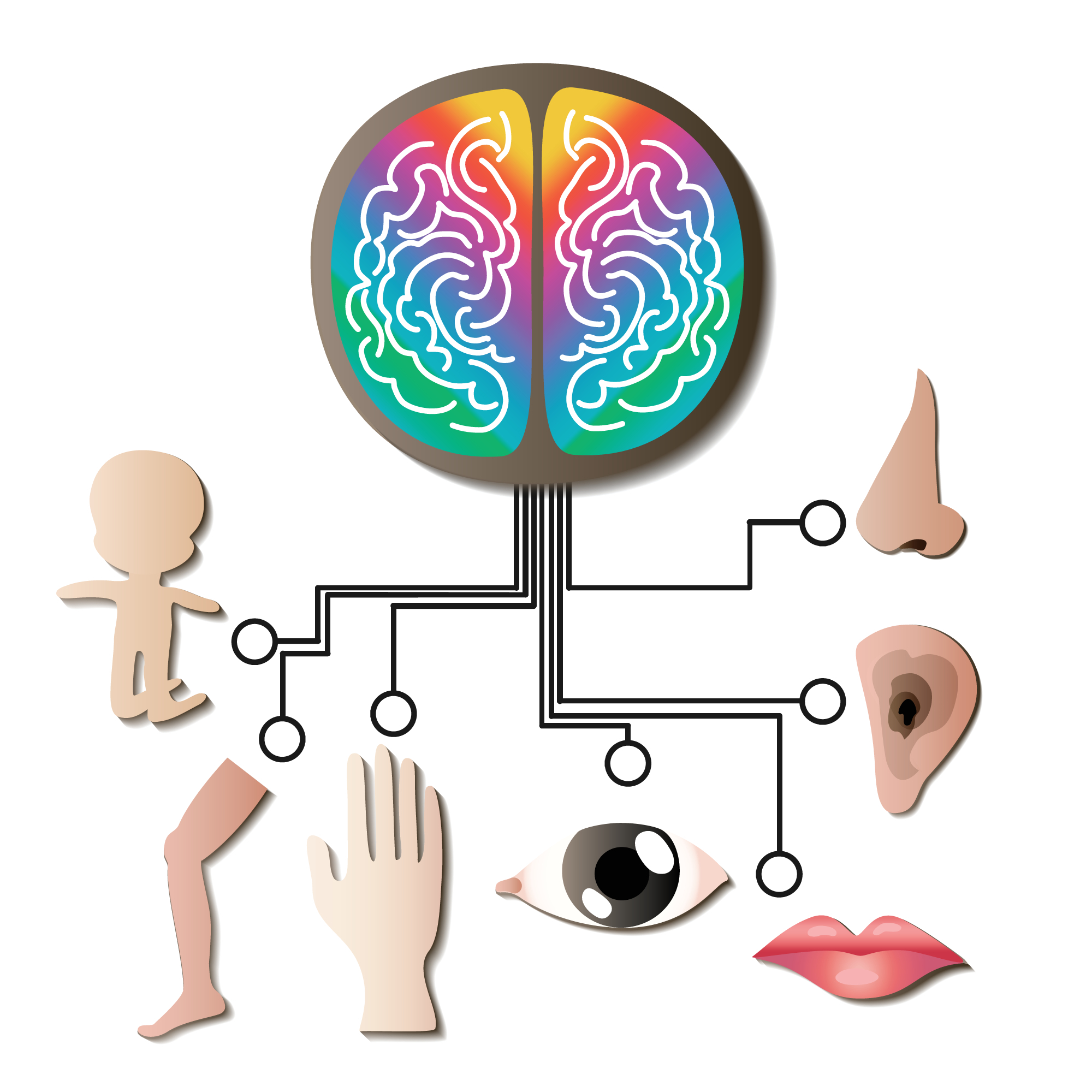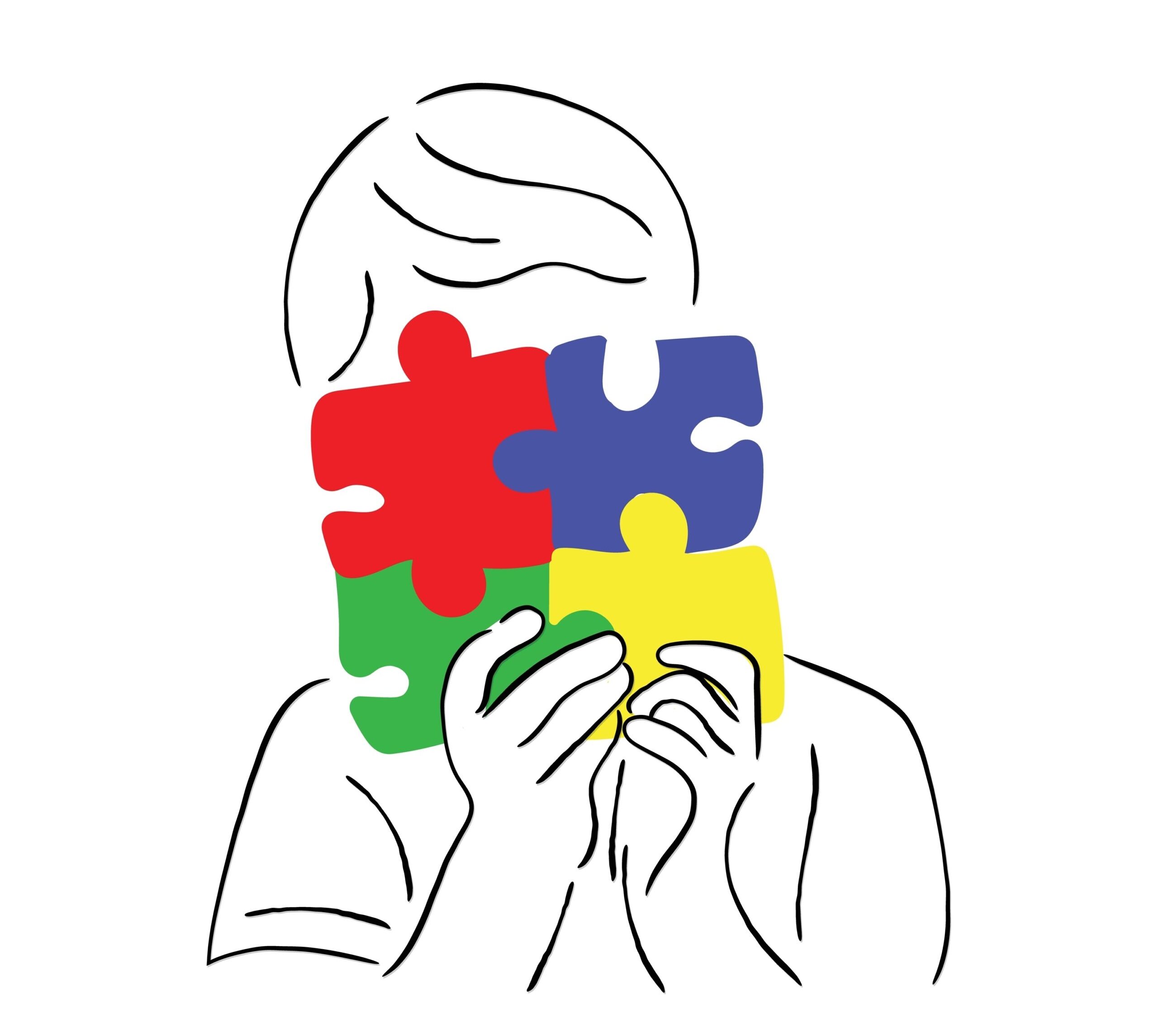
Sensory Processing Disorder
- Signs and Symptoms of Sensory Processing Disorder in Children
- Sensory Processing Disorder in Teens: Signs, Symptoms, Diagnosis & Treatment
- Sensory Processing Disorder (SPD) in Adults: Signs, Diagnosis, Treatment & Coping Strategies
- Types of Sensory Processing Disorder (SPD): Symptoms, Characteristics & Treatment
- Sensory Processing Disorder Treatment Options & Best Therapies for SPD in Children and Adults
- Living with Sensory Processing Disorder: Daily Tips, Support Strategies, and Family Guidance
- Vestibular and Proprioceptive Processing in Sensory Processing Disorder (SPD)
- Causes and Risk Factors of Sensory Processing Disorder (SPD): What Science Knows
- How Is Sensory Processing Disorder Diagnosed? Tests, Signs, and Evaluation Tools
- Stimming Behaviors in Sensory Processing Disorder: What They Are and Why They Matter
- Sensory Processing Disorder and Learning: How Sensory Challenges Affect Education
- Sensory Diet Strategies for Kids: Effective Tools for Sensory Regulation
- Sensory Integration Disorder and Sensory Integration Therapy
- Sensory Discrimination Disorder
- Sensory Modulation Disorder: Symptoms, Subtypes, and Treatment Strategies
- Sensory Over-Responsivity (SOR): Signs, Causes, and How to Help Kids and Adults Cope
- Sensory Under-Responsivity: Signs, Causes, and Support for Children and Adults
- Sensory-Based Motor Disorder: Signs, Symptoms, and Effective Treatments for Children and Adults
- Visual Processing Disorder: Signs, Symptoms & How to Support Visual Learning Challenges
- Auditory Processing Disorder (APD): Symptoms, Diagnosis & Treatment for Children and Adults
- Sensory Seeking/Craving: Understanding, Identifying, and Supporting Sensory Seekers
- Dyspraxia (Developmental Coordination Disorder): Understanding SBMD and Its Impact
- Postural Disorder: Causes, Symptoms & Treatment | Sensory-Based Motor Disorder Guide
How Is Sensory Processing Disorder Diagnosed? Tests, Signs, and Evaluation Tools

Authored by: The DrSensory Editorial Team
Reviewed by: 🛡️ DrSensory Clinical Review Board
Last updated: June 2025
How Is Sensory Processing Disorder Diagnosed? A Step-by-Step Overview
Diagnosing Sensory Processing Disorder (SPD) involves a comprehensive evaluation of how a person responds to sensory stimuli in everyday life. There is no single medical test for SPD, and because SPD is not formally recognized in the DSM-5, diagnosis is typically made by occupational therapists using observational assessments, standardized tests, and input from parents or caregivers.
The diagnostic process often includes:
- A developmental history interview
- Standardized sensory assessments
- Observations in home, school, or clinical settings
- Input from teachers or other professionals
SPD may be diagnosed on its own or in conjunction with conditions like autism or ADHD, which can complicate the process.
Who Can Diagnose Sensory Processing Disorder?
Sensory Processing Disorder is most often evaluated and diagnosed by:
- Pediatric Occupational Therapists (OTs) with training in sensory integration
- Developmental pediatricians (to rule out or identify co-occurring conditions)
- Psychologists or neurologists, in cases where multiple diagnoses are being considered
While SPD is not formally recognized in many diagnostic manuals, qualified professionals rely on evidence-based tools and clinical expertise to identify sensory processing challenges.
Sensory Integration Disorder and Sensory Integration Therapy
The Science Behind Sensory Integration Therapy and How It Works
Common Tests and Evaluation Tools for SPD
The most widely used tools for diagnosing SPD include:
- Sensory Integration and Praxis Tests (SIPT): A detailed battery that assesses sensory discrimination, postural control, and motor planning.
- Sensory Profile™ (by Dunn): A caregiver or self-report questionnaire used to measure sensory behaviors in different settings.
- Sensory Processing Measure (SPM): Evaluates sensory processing across home and school environments.
- Clinical Observations of Motor and Postural Skills (COMPS): Assesses motor skills related to sensory integration.
These tests are typically used together to form a complete picture of the individual’s sensory strengths and challenges.
Signs That an SPD Evaluation May Be Needed
Parents and caregivers may seek an SPD evaluation if a child exhibits:
- Overreaction to sensory input (e.g., sounds, textures, lights)
- Frequent meltdowns or tantrums in response to minor stimuli
- Clumsiness or poor motor coordination
- Trouble with clothing, grooming, or food textures
- Seeming “in their own world” or unusually passive
These signs alone don’t confirm SPD but indicate a need for further assessment by a qualified professional.
Vestibular and Proprioceptive Processing in Sensory Processing Disorder (SPD)
Sensory Processing and Autism: Understanding Sensitivities, Overload & Effective Therapies
Sensory Diet Strategies for Kids: Effective Tools for Sensory Regulation
Challenges in Diagnosing SPD
One of the biggest challenges in diagnosing SPD is its overlap with other developmental conditions, especially autism spectrum disorder (ASD), ADHD, and anxiety. Since SPD is not officially listed in the DSM-5, some medical professionals hesitate to diagnose it as a standalone condition.
However, occupational therapists often use the Ayres Sensory Integration® (ASI) Framework, a research-backed method for identifying and treating SPD, regardless of its classification in psychiatric manuals.
Is there a medical test for Sensory Processing Disorder?
No. There is currently no blood test or brain scan that can diagnose SPD. Diagnosis is based on behavioral observations, sensory assessments, and developmental history.
Sensory Processing Disorder Treatment Options & Best Therapies for SPD in Children and Adults
What age can you diagnose SPD?
SPD can be identified as early as toddlerhood, typically between ages 2 and 5. However, some individuals are not diagnosed until adolescence or adulthood, especially if symptoms were mild or misattributed to other conditions.
Sensory Under-Responsivity: Signs, Causes, and Support for Children and Adults
Sensory Over-Responsivity (SOR): Signs, Causes, and How to Help Kids and Adults Cope
Stimming Behaviors in Sensory Processing Disorder: What They Are and Why They Matter
Sensory Seeking/Craving: Understanding, Identifying, and Supporting Sensory Seekers
Can adults be diagnosed with SPD?
Yes. While most diagnoses occur in childhood, adults can be diagnosed with SPD, often after years of unexplained sensitivity to sound, touch, or other stimuli.
Types of Sensory Processing Disorder (SPD): Symptoms, Characteristics & Treatment
Why isn't SPD in the DSM-5?
SPD is not listed in the DSM-5 due to limited large-scale research and debate over whether it should be considered a standalone disorder. However, the condition is widely acknowledged by occupational therapists and sensory integration experts.
How long does an SPD evaluation take?
A complete SPD evaluation can take 2–3 hours across multiple sessions, including interviews, questionnaires, and direct testing.
This page provides general educational content and is not a substitute for professional medical advice. Always consult a licensed provider for diagnosis and treatment.
View privacy policy, copyright and trust info
More on SPD

- Signs and Symptoms of Sensory Processing Disorder in Children
- Sensory Processing Disorder in Teens: Signs, Symptoms, Diagnosis & Treatment
- Sensory Processing Disorder (SPD) in Adults: Signs, Diagnosis, Treatment & Coping Strategies
- Types of Sensory Processing Disorder (SPD): Symptoms, Characteristics & Treatment
- Sensory Processing Disorder Treatment Options & Best Therapies for SPD in Children and Adults
- Living with Sensory Processing Disorder: Daily Tips, Support Strategies, and Family Guidance
- Vestibular and Proprioceptive Processing in Sensory Processing Disorder (SPD)
- Causes and Risk Factors of Sensory Processing Disorder (SPD): What Science Knows
- How Is Sensory Processing Disorder Diagnosed? Tests, Signs, and Evaluation Tools
- Stimming Behaviors in Sensory Processing Disorder: What They Are and Why They Matter
- Sensory Processing Disorder and Learning: How Sensory Challenges Affect Education
- Sensory Diet Strategies for Kids: Effective Tools for Sensory Regulation
- Sensory Integration Disorder and Sensory Integration Therapy
- Sensory Discrimination Disorder
- Sensory Modulation Disorder: Symptoms, Subtypes, and Treatment Strategies
- Sensory Over-Responsivity (SOR): Signs, Causes, and How to Help Kids and Adults Cope
- Sensory Under-Responsivity: Signs, Causes, and Support for Children and Adults
- Sensory-Based Motor Disorder: Signs, Symptoms, and Effective Treatments for Children and Adults
- Visual Processing Disorder: Signs, Symptoms & How to Support Visual Learning Challenges
- Auditory Processing Disorder (APD): Symptoms, Diagnosis & Treatment for Children and Adults
- Sensory Seeking/Craving: Understanding, Identifying, and Supporting Sensory Seekers
- Dyspraxia (Developmental Coordination Disorder): Understanding SBMD and Its Impact
- Postural Disorder: Causes, Symptoms & Treatment | Sensory-Based Motor Disorder Guide
Find a Therapist near you
Are you looking for a physical, occupational, or speech therapist in your area?
Look no further than the DrSensory Therapist Database and Clinic Directory!
Find a Therapist
Find the physical therapist, occupational therapist, or speech language pathologist you’re looking for!
Ask Us Anything
Whether you are looking for advice, have a general question about sensory processing, or looking for resources.
Submit Your Story
Share your story about your child. Let’s celebrate milestones and learn more about challenges.













































































